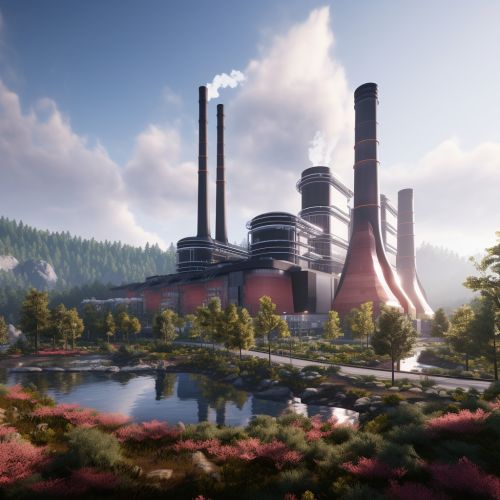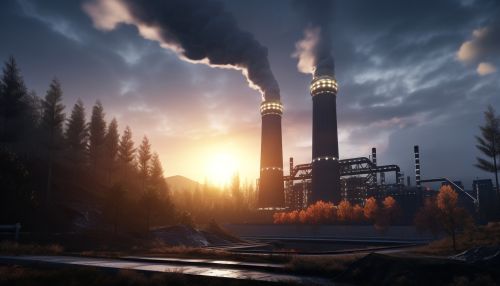Incineration
Introduction
Incineration is a waste treatment process that involves the combustion of organic substances contained in waste materials. Incineration and other high-temperature waste treatment systems are described as "thermal treatment". Incineration of waste materials converts the waste into ash, flue gas, and heat. The ash is mostly formed by the inorganic constituents of the waste and may take the form of solid lumps or particulates carried by the flue gas. The flue gases must be cleaned of gaseous and particulate pollutants before they are dispersed into the atmosphere. In some cases, the heat generated by incineration can be used to generate electric power.


History
The practice of incineration for waste disposal has been around for millennia, with early cultures adopting the procedure to keep settlements clean and free from waste. The first incinerator, or "Destructor", was built in Nottingham by Manlove, Alliott & Co. Ltd. in 1874 to the design of Albert Fryer. However, these early incinerators were not very efficient, and many were shut down due to public health concerns. The first incinerator in the U.S. was built in 1885 on Governors Island in New York.
Process
The typical incineration plant for municipal solid waste is a moving grate incinerator. The moving grate enables the movement of waste through the combustion chamber to be optimized to allow a more efficient and complete combustion. A single moving grate boiler can handle up to 35 metric tons (39 short tons) of waste per hour, and can operate 24 hours a day.
In addition to the moving grate incinerator, there are several other types of incinerators that are used for waste disposal. These include the rotary-kiln incinerator and the fluidized-bed incinerator. Each of these incinerators has its own unique set of characteristics and can be used for specific types of waste.
Environmental Impact
The environmental impact of incineration is a subject of much debate. On one hand, incineration plants can generate electricity and heat that can replace energy produced from fossil fuels. Additionally, the volume of waste is significantly reduced, which can help to conserve landfill space. However, incineration can also produce harmful emissions, such as dioxins and furans, which can have detrimental effects on the environment and human health.
Regulations
Due to the potential environmental impact of incineration, there are many regulations in place to control the operation of incineration plants. These regulations often dictate the types of waste that can be incinerated, the temperature at which the waste must be burned, and the types of pollution control systems that must be in place. In many countries, incineration plants must also undergo regular inspections and emissions testing to ensure compliance with these regulations.
Future Developments
The future of waste incineration may involve improvements in efficiency and reductions in emissions. New technologies, such as gasification and pyrolysis, are being explored as alternatives to traditional incineration. These processes can convert waste into useful products, such as biochar, bio-oil, and syngas, which can be used as fuel or for other industrial processes.
